10 Best Herbal Essential Oils For Fever
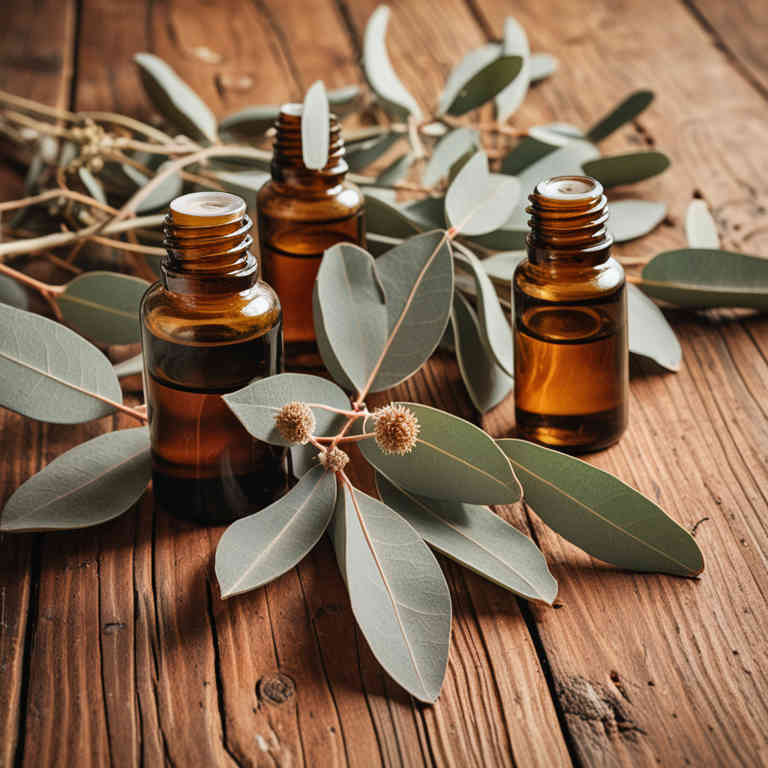
Herbal essential oils have been traditionally used to help alleviate symptoms of fever by promoting relaxation and supporting the body's natural healing processes.
Oils such as eucalyptus, peppermint, and lavender are commonly used due to their cooling and anti-inflammatory properties. When diffused or applied topically, these oils can help reduce body temperature and ease discomfort associated with fever. However, it is important to dilute essential oils properly and consult with a healthcare professional before use, especially for children or individuals with certain medical conditions.
While essential oils may offer some supportive benefits, they should not replace conventional medical treatment for fever.
FREE Herb Drying Checklist
How to make sure every batch retains maximum flavor, color, and aroma without the risk of mold or over-drying. Eliminate guesswork and trial-and-error, making herb drying faster, easier, and more efficient every time.
Table of Contents
1. Eucalyptus globulus
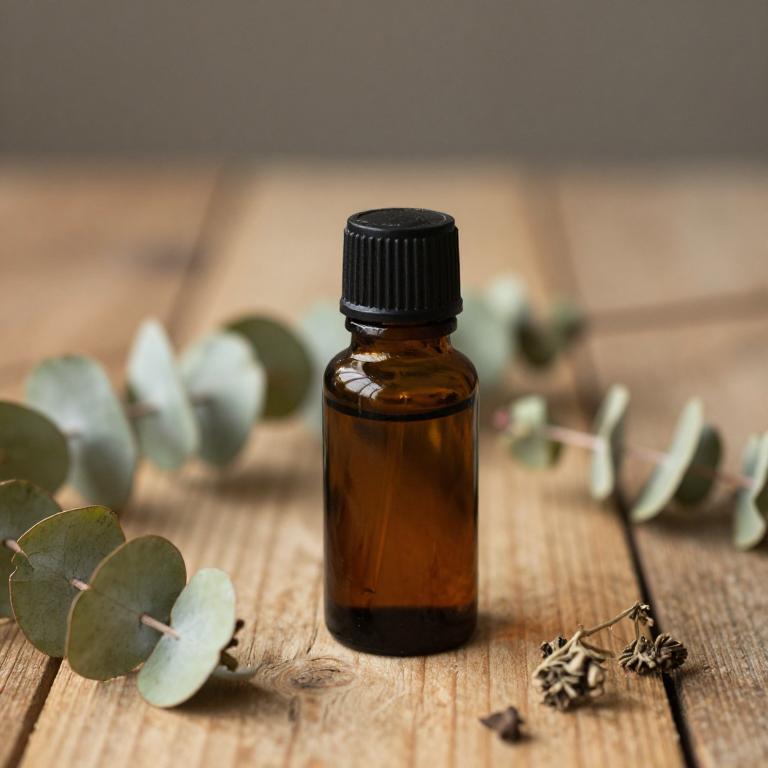
Eucalyptus globulus, commonly known as the Tasmanian blue gum, is a widely used plant in the production of essential oils, particularly for its therapeutic properties.
The essential oil derived from this species contains a high concentration of 1,8-cineole, which is known for its anti-inflammatory and antipyretic effects. Studies suggest that eucalyptus globulus essential oil may help reduce fever by promoting sweating and supporting the body's natural cooling mechanisms. When used aromatically or topically (with proper dilution), it can provide relief from symptoms associated with fever.
However, it is important to consult a healthcare professional before using essential oils, especially for children or individuals with sensitive skin.
2. Thymus vulgaris

Thymus vulgaris, commonly known as thyme, is a popular herb used in traditional medicine for its aromatic and therapeutic properties.
The essential oil derived from thyme contains potent compounds like thymol and carvacrol, which exhibit strong antimicrobial and antiseptic qualities. When used in aromatherapy or topical applications, thyme essential oil is believed to support the body's natural defenses and may help alleviate symptoms associated with fever. However, due to its potency, it should be diluted properly and used with caution, especially for individuals with sensitive skin or underlying health conditions.
While thyme essential oil may provide some relief during a fever, it is not a substitute for medical treatment and should be used under the guidance of a healthcare professional.
3. Rosmarinus officinalis
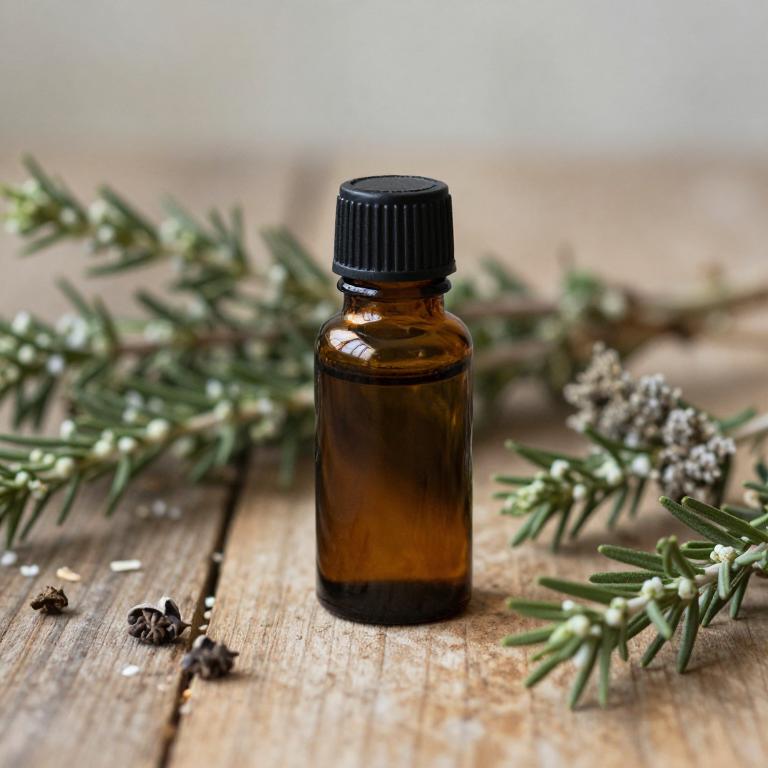
Rosmarinus officinalis, commonly known as rosemary, produces an essential oil that has been traditionally used for its aromatic and therapeutic properties.
The essential oil of rosemary contains compounds such as cineole and camphor, which are believed to have antiseptic and anti-inflammatory effects. While rosemary essential oil is often used in aromatherapy to promote mental clarity and reduce stress, its role in treating fever is less well-documented. Some studies suggest that its cooling properties may provide temporary relief from mild fever symptoms when used in diffusers or topical applications.
However, it is important to consult a healthcare professional before using rosemary essential oil for fever, as it is not a substitute for medical treatment.
4. Cinnamomum zeylanicum
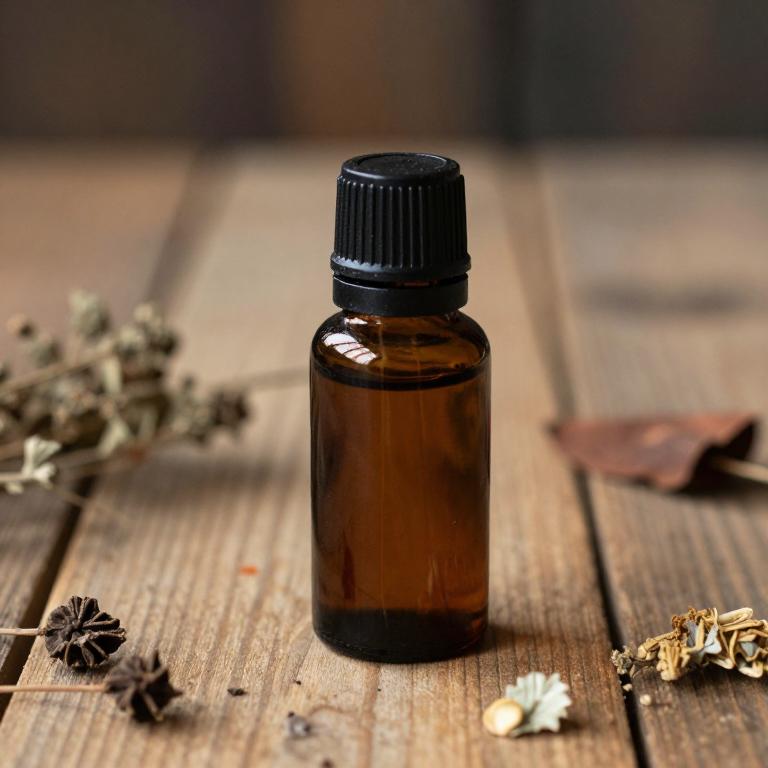
Cinnamomum zeylanicum, commonly known as cinnamon bark, is a traditional herbal remedy that contains essential oils with potent antipyretic properties.
The essential oil derived from its bark contains compounds like cinnamaldehyde and eugenol, which have been shown to reduce fever by influencing the body's thermoregulatory mechanisms. Studies suggest that the aromatic compounds in cinnamon essential oil may help lower body temperature through their anti-inflammatory and antioxidant effects. When used in aromatherapy or topical applications, cinnamon essential oil can provide a natural alternative for managing mild fever symptoms.
However, it is important to consult a healthcare professional before using it for therapeutic purposes, especially for individuals with underlying health conditions.
5. Piper nigrum
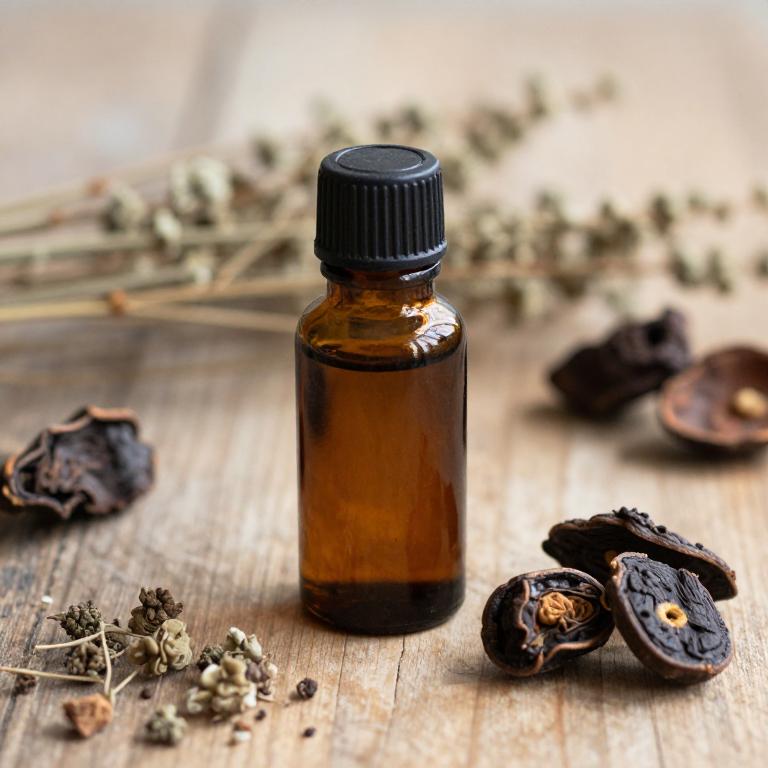
Piper nigrum, commonly known as black pepper, contains essential oils that have been traditionally used for their warming and stimulating properties.
These essential oils, derived from the dried fruit of the Piper nigrum plant, may help in reducing fever by promoting circulation and enhancing the body's metabolic processes. The active compounds in black pepper essential oil, such as piperine, are believed to have antimicrobial and anti-inflammatory effects, which can support the immune system during illness. While not a substitute for medical treatment, some herbal practitioners use black pepper essential oil in aromatherapy or topical applications to alleviate fever symptoms.
However, it is important to consult a healthcare professional before using any essential oils, especially for children or individuals with chronic health conditions.
6. Zingiber officinale

Zingiber officinale, commonly known as ginger, is widely used in traditional medicine for its various therapeutic properties, including its potential role in managing fever.
The essential oil derived from fresh ginger roots contains bioactive compounds such as gingerol and shogaol, which possess anti-inflammatory and antipyretic effects. These compounds may help reduce body temperature by influencing the body's thermoregulatory mechanisms. While some studies suggest that ginger essential oil may support fever reduction, it is typically used as a complementary therapy rather than a primary treatment.
It is important to consult a healthcare professional before using ginger essential oils, especially for persistent or high fevers, to ensure safety and efficacy.
7. Lavandula angustifolia
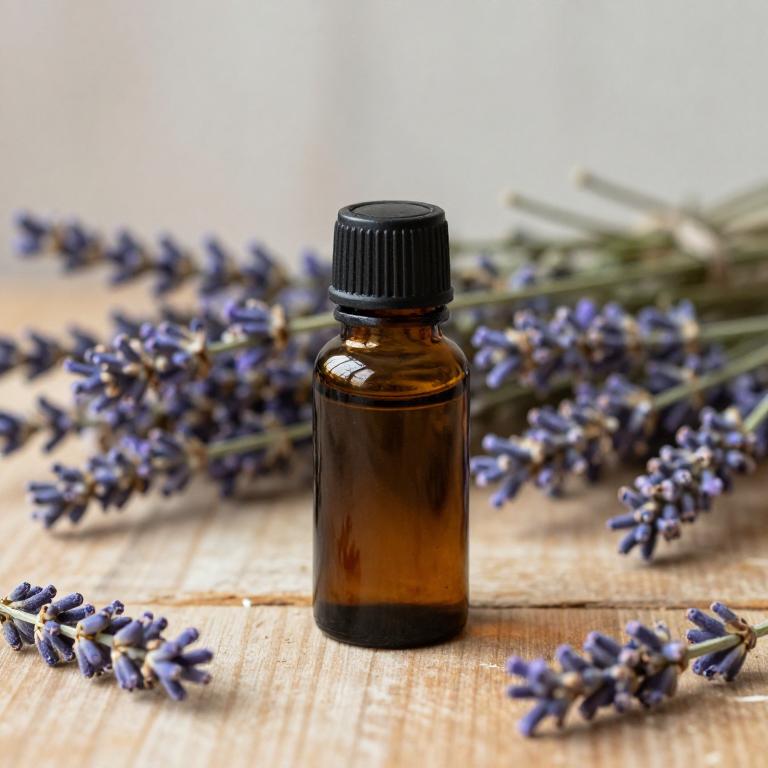
Lavandula angustifolia, commonly known as English lavender, is widely recognized for its calming and therapeutic properties, and its essential oil has been traditionally used to support overall wellness.
While it is not a direct treatment for fever, lavender essential oil may help alleviate symptoms such as headaches and restlessness often associated with feverish conditions. The oil's anti-inflammatory and antiseptic properties can contribute to a soothing environment that may aid in the body's natural recovery process. When used in aromatherapy or topical applications, it can promote relaxation and improve sleep, which are essential for recovery.
However, it is important to consult with a healthcare professional before using lavender essential oil, especially for individuals with underlying health conditions or those undergoing medical treatment.
8. Melaleuca alternifolia
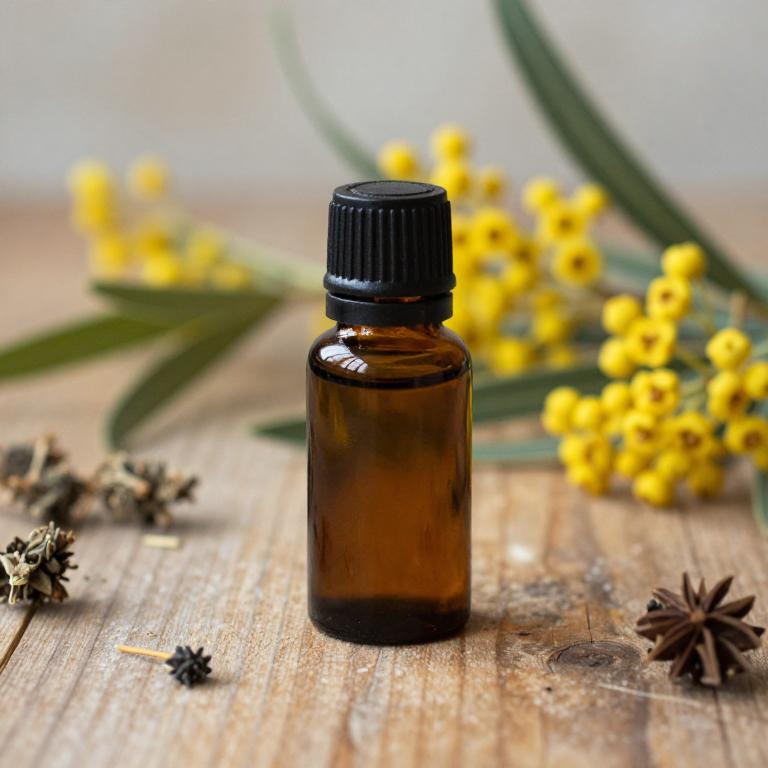
Melaleuca alternifolia, commonly known as tea tree oil, is a popular herbal essential oil derived from the leaves of the Melaleuca alternifolia plant native to Australia.
While it is widely recognized for its antimicrobial properties, it is not typically recommended as a primary treatment for fever due to limited scientific evidence supporting its efficacy in reducing body temperature. Some studies suggest that its anti-inflammatory and immune-boosting properties may indirectly support the body's response to infection, which could be beneficial in managing fever symptoms. However, it is important to consult a healthcare professional before using tea tree oil for fever, as it should not replace conventional treatments.
When used appropriately, such as in diluted form for aromatherapy or topical application, it may offer some supportive benefits alongside standard medical care.
9. Mentha piperita
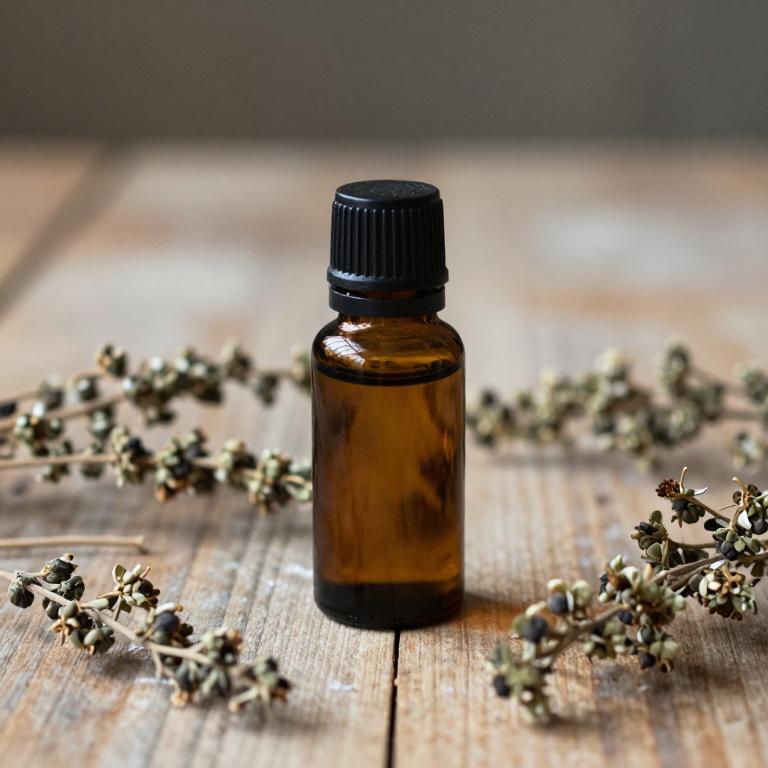
Mentha piperita, commonly known as peppermint, is a widely used herb in aromatherapy and herbal medicine, and its essential oil is particularly valued for its refreshing and cooling properties.
The essential oil of peppermint contains high levels of menthol, which acts as a natural antipyretic, helping to reduce body temperature and alleviate symptoms associated with fever. When used in inhalation or topical applications, peppermint essential oil can stimulate the body's cooling mechanisms and promote a sense of alertness and comfort. It is often diluted with a carrier oil before application to avoid skin irritation, making it a safe and effective option for managing mild fever symptoms.
Overall, mentha piperita essential oil offers a natural and aromatic remedy that supports the body's natural response to fever.
10. Curcuma longa
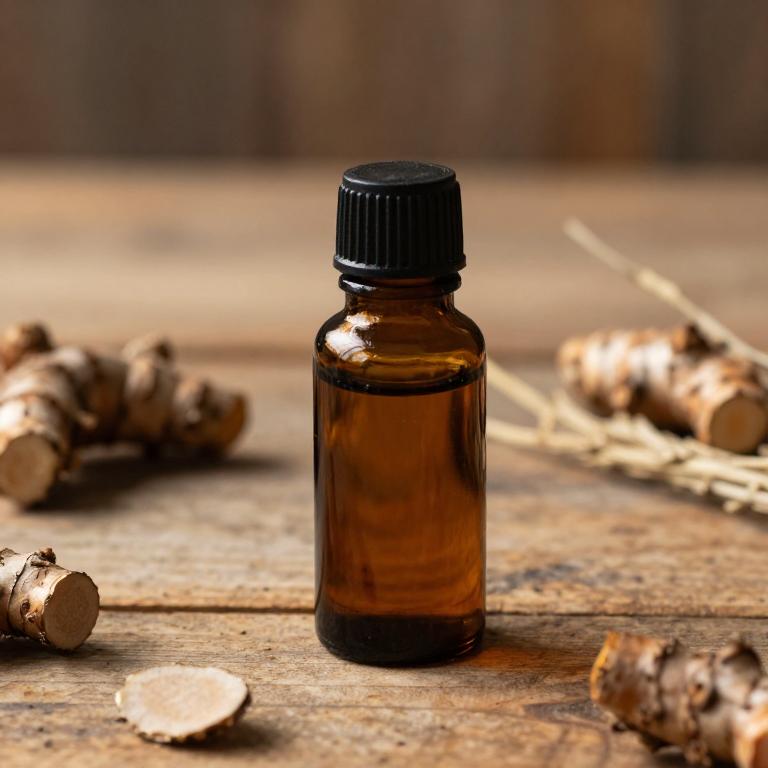
Curcuma longa, commonly known as turmeric, is a well-known herb that has been used for centuries in traditional medicine for its various health benefits.
The essential oils derived from Curcuma longa contain bioactive compounds such as curcuminoids, which possess anti-inflammatory and antioxidant properties. These oils have shown potential in reducing fever by modulating the body's inflammatory response and supporting immune function. However, while some studies suggest that curcuma essential oils may help in managing fever symptoms, more clinical research is needed to confirm their efficacy and safety.
It is important to consult a healthcare professional before using essential oils for fever, as they can be potent and may interact with other medications.